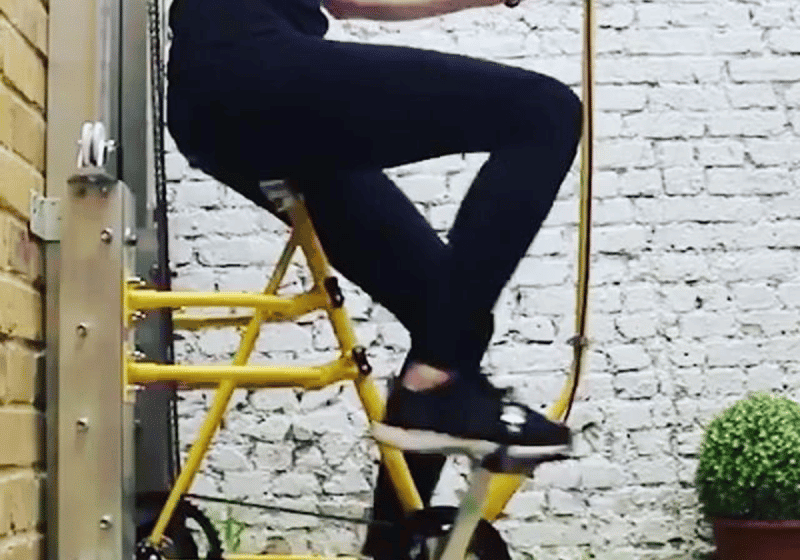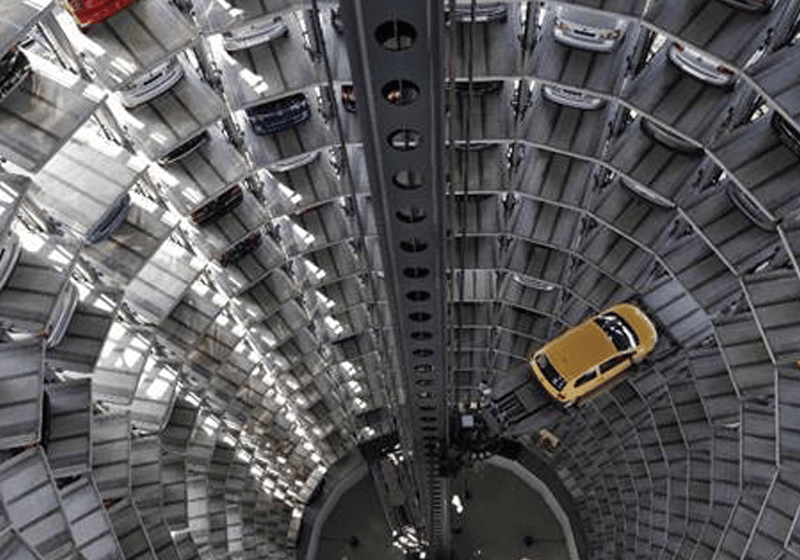Demand fuels use of special-purpose elevators in manufacturing plants and other specialized locations.
The term “special-purpose elevators” (SPEs) includes lifts designed for special environments and applications for which a traditional elevator will not work. SPEs provide vertical transportation (VT) for authorized personnel and their tools/equipment and are usually installed where access is not possible by regular elevators, such as radio antenna towers, bridge towers, underground facilities, dams, factories and power plants. Elevator companies are highly active in this segment in India and are doing good work.
The SPE market has been broken down into several aspects:
- Capacity: Nonstandard
- Speed: 0.4 < 1 m/s, 1 to 1.75 m/s and > 1.75 m/s
- Door: Reverse-opening, adjacent side-opening; nonstandard width and heights
- Use: Restricted
- Requirements: Dust-proof, anti-corrosive, high temperature tolerance, explosion-proof, flame-proof, etc., for the cement, steel, chemical and pharma industries
SPE Market Trends and Demand Drivers
Unlike many other industrial sectors, the elevator industry in India is not well-documented, and reliable production or sales statistics are not available in the public domain; thus, all data is speculative. Most elevator companies are private limited, privately held or subsidiaries of foreign companies. For these reasons, statistical numbers of SPE sales/executions are not available for public consumption.
When you take a closer look, India is one of the fastest-growing economies in the world. The country is undergoing long-term urbanization, and its infrastructure is growing multifold. Passenger elevators account for the bulk of the elevator market in India, with an 85%-plus share of the total elevators sold. The increasing infrastructure investment and rise in industrialization is expected to propel customized products for infrastructure projects, industrial use and special applications.
Some 20-odd persons directly involved in procurement SPE and supply were informally interviewed in an unstructured market survey to find their most pressing needs with respect to SPE. Here are the survey highlights:
- We want to buy SPEs from big-brand companies, but they disregarded our requests for quotations. — Purchasing manager, cement company
- We need tailor-made elevator solutions for special applications at our plant to meet our maintenance requirements, but we don’t get proper solutions. — Maintenance head, pharmaceutical company
- We have very good contact with a local elevator company, which takes care of our SPE needs. This company designs, manufactures, installs and provides good service. — Purchasing manager, chemical company
India has emerged as one of the most promising markets for elevators in Asia. Passenger elevators will continue to be mainstays of the elevator business in India, but, in terms of numbers, SPE handling freight, automobiles, car parking and special features will increasingly become significant.
- We have existing installed SPEs but face issues raised by our lift inspector. Questions center on the design of our elevator and the inspector holds us responsible for its safe use. Are there any third-party experts who can do elevator reviews, inspections and safety audits? — Environmental health and safety manager, textile company
- We installed car-parking elevators. Everything was fine the first six months, but now we are getting frequent breakdowns. These elevators were installed by a local company with which we must continuously follow up for elevator service — Facility manager of township.
- We are doing well selling SPEs, but at the end we realize we spend more time and average close to margins. We are reviewing SPE sales estimates to improve. — Midsized elevator company
- We have good service portfolio of SPE at present and the capacity to design, deliver and service SPE requirements to industry needs. — General manager sales, midsized elevator company
The above views lead us to three major insights:
- Considering the increasing thrust on infrastructure and industry projects, the share of SPEs is expected to grow by double digits in coming years.
- There is enough pent-up demand for SPE sales and services.
- There is a need for our industry, including specifying and contracting, to review and refresh SPE codes and standards.
SPE growth presents both challenges and opportunities. Among the challenges are the elaboration of the design intent; inclusion of the latest approved changes to the standard; questionable design, construction, operation, maintenance, alteration and repair; and SPE product lifecycle. Opportunities involve SPE product introduction and innovation; pent-up demand and future growth; engagement of third-party inspection bodies, which can elevate SPE quality standards and provide insights based on universal good practices; promotion of special events and tradeshow involvement. SPE user-centric awareness programs specifically designed to address quality, design, safety and performance will improve visibility and ensure all stakeholders are aware of the critical aspects of SPE equipment. Support for a broad array of SPE projects across the country will include the latest VT technology in SPE segment.
With a recent Government of India promise for infrastructure investment and a production-linked incentive scheme, the SPE segment of the elevator market will go on the upswing, and VT leaders cannot ignore this. Vital elements such as market share, profitability, production, sales, manufacturing, advertising, technological advancements, key market players and regional segmentation about the SPE market are essential to be understood for both existing and new market players. The runway for India’s SPE elevator industry is long, and the scope to grow is immense. India has emerged as one of the most promising markets for elevators in Asia. Passenger elevators will continue to be mainstays of the elevator business in India, but, in terms of numbers, SPE handling freight, automobiles, car parking and special features will increasingly become significant.
Get more of Elevator World. Sign up for our free e-newsletter.






